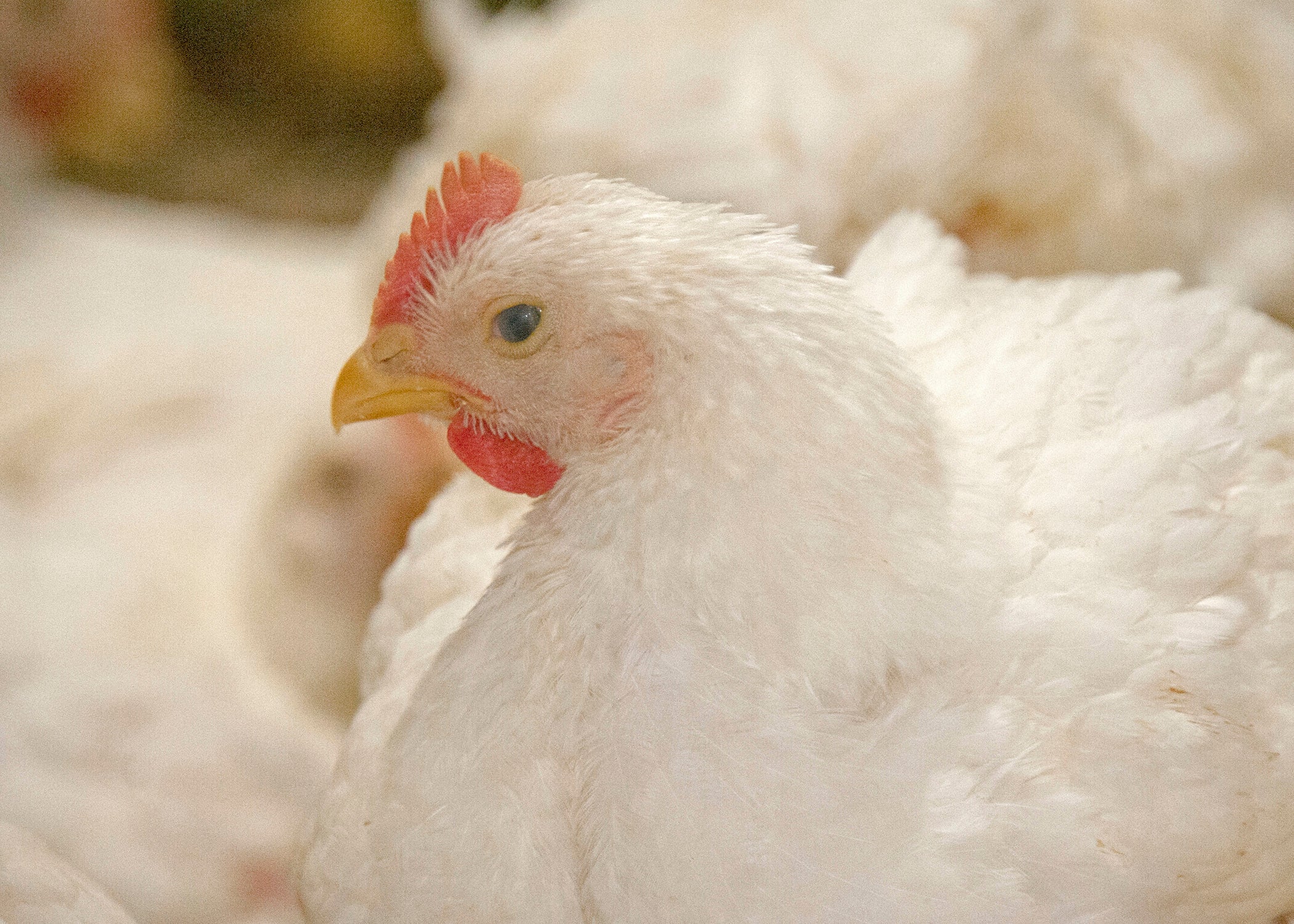Demand, higher prices increase poultry value
Published 7:26 pm Sunday, January 2, 2022

- CUTLINE: Strong consumer demand and higher prices resulted in a nearly 40% increase in the value of production for Mississippi”s poultry industry in 2021. Total estimated value of production stands at $2.65 billion. (File photo by MSU Extension Service) Alt-text: A chicken.
By Susan Collins-Smith
MSU Extension Service
RAYMOND, Miss. — Strong consumer demand for chicken is one part of the equation that added up to a nearly 40% increase in production value for Mississippi’s poultry industry in 2021.
The commodity held on to the No. 1 spot among all the state’s agricultural commodities, totaling an estimated value of $2.65 billion. 2021 marks the 27th consecutive year poultry has topped Mississippi’s value of production list. Final figures will be released by the U.S. Department of Agriculture in April.
Higher prices also influenced this year’s value of production.
“Demand at both grocery stores and restaurants has been strong,” said Josh Maples, an agricultural economist with the Mississippi State University Extension Service. “It’s also important to remember that broiler prices in 2020 were very low. So, the big increase in price and value of production we’ve seen in 2021 is due to stronger chicken demand and stronger prices. But it is also driven by the comparison to low values in 2020.”
The poultry industry is broken into three segments: broilers, chickens and eggs. Broilers are worth an estimated $2.42 billion, an increase of 43% from 2019. Estimated value for chickens that produce table eggs stands at $2.7 million, a 33% increase over last year. Eggs are valued at $235 million, an increase of 5% from 2019.
In 2020, the value of eggs jumped sharply as prices increased due to production challenges and supply chain issues caused by COVID-19 impacts. Even higher annual prices have contributed to the jump in egg value for 2021.
“Egg production levels so far in 2021 have actually been slightly lower than 2020 levels, but the higher prices offset that lower production,” Maples said.
Among the lingering challenges related to COVID-19 is a shortage of some processing plant and supply chain employees, said Tom Tabler, Extension poultry specialist.
“Keeping workers at the plants is a major challenge because of the way government assistance to many individuals is structured,” he said. “In addition, there is a nationwide shortage of truck drivers, and the poultry industry needs feed truck drivers, live haul drivers and drivers to haul finished product from the processing plants to a destination point.”
The cost of doing business is also rising. Poultry farmers always have an eye on grain prices because feed accounts for 70% of production costs.
“Grain prices have been much higher this year because of pressure from export markets,” Tabler said. “The prices we’re seeing on the futures markets are the highest we’ve seen in several years, and they are certainly enough to keep the industry on edge.”
In recent years, the poultry industry has suffered property losses from tornadoes, hurricanes and other natural disasters, impacting insurance rates and coverage.
“Many insurance companies have stopped insuring poultry farms or raised rates significantly due to losses from natural disasters,” Tabler said. “On top of that, increasing steel and lumber prices have raised costs of constructing new poultry houses to a point where it is difficult to make them profitable.”
Although growers faced multiple issues in 2021, disease was not among them. Strict and consistent biosecurity protocols have protected the industry from outbreaks of avian influenza, while many other countries have been struggling with the virus.
Tabler said the industry is facing a number of challenges, but he remains optimistic heading into 2022.
“Hopefully, supply chain issues will continue to work themselves out, and steel and lumber prices will become a little more reasonable,” he said. “My guess is the processing plant issues and the truck driver shortage will be with us for a while longer.
“However, demand for chicken is strong both domestically and from the export market. Much of the world is still dealing with the effects of African Swine Fever, and chicken is a logical choice to fill the void left by a lower pork supply.”



